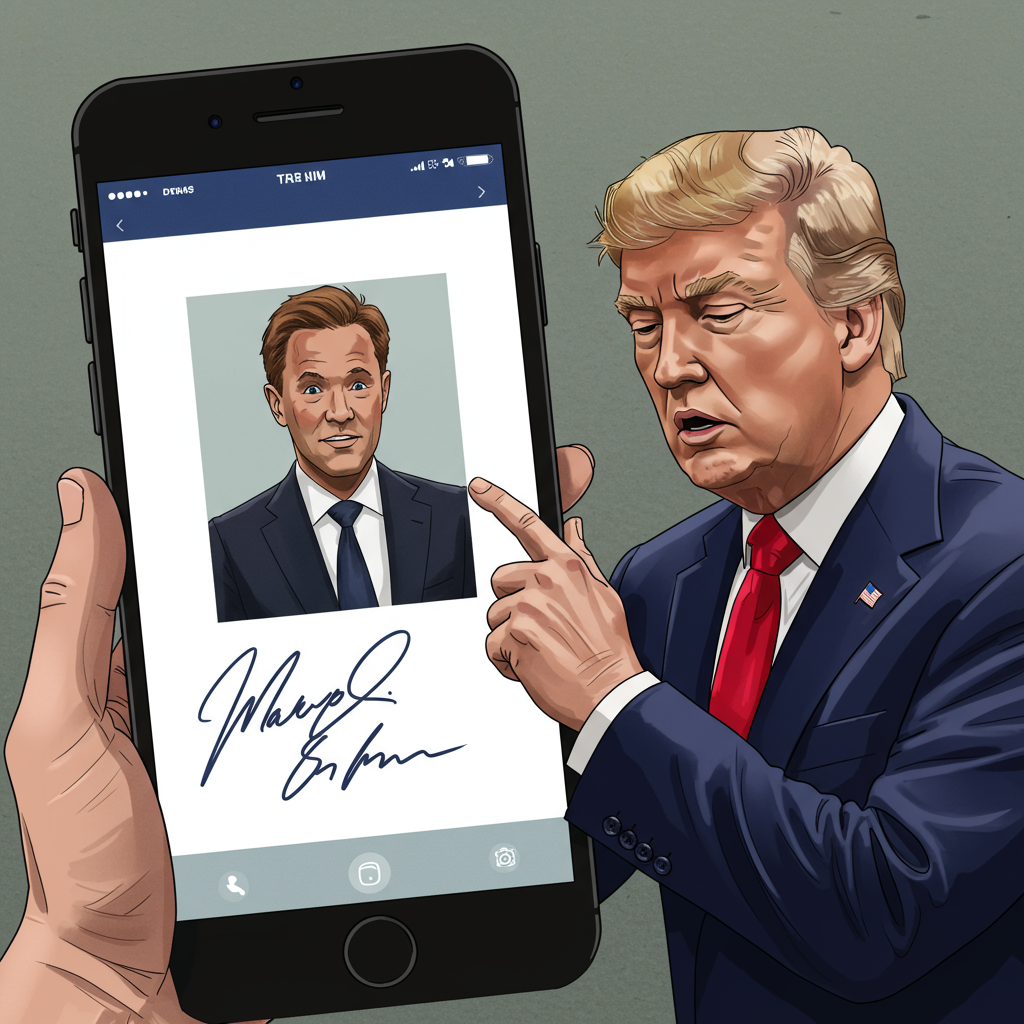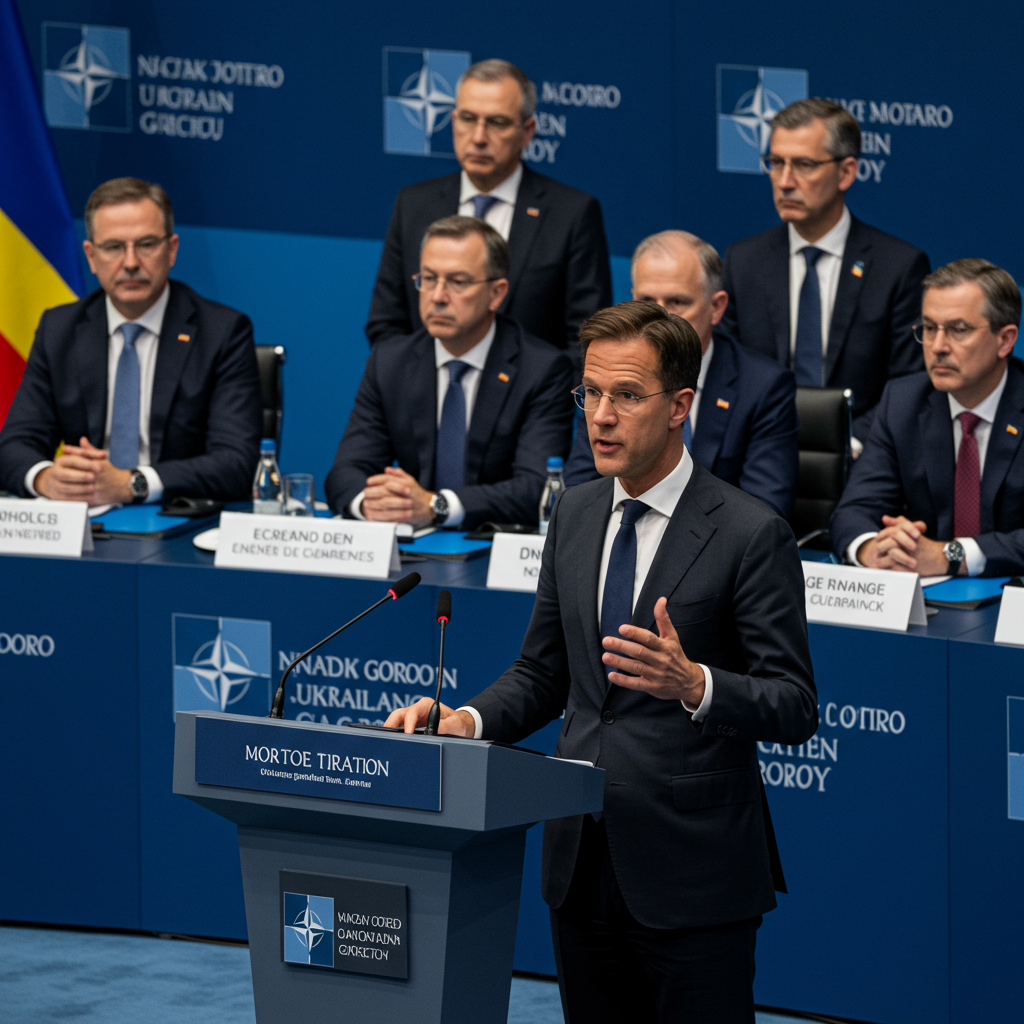Trump Signs Limited UK-US Tariff Deal Amid G7 Summit
In a move announced during the G7 summit in Canada, then-President Donald Trump signed an executive order implementing specific elements of a tariff agreement reached with the United Kingdom. This order primarily targeted reducing import taxes on certain UK-manufactured cars entering the United States, a step welcomed by the UK government and industries affected by Trump’s broader tariff policies.
UK Prime Minister Sir Keir Starmer, speaking from the G7, described the signing as a “very important day” for both nations and a “sign of strength” in the relationship. The deal comes after weeks of discussions focused on bringing parts of the earlier pact into force.
Key Wins: Relief for UK Cars and Aerospace
The executive order delivers tangible benefits for key British export sectors. A significant change involves the tariff rate on UK cars shipped to the US. Instead of the standard 25% import tax applied to many car imports, the order permits up to 100,000 UK cars to enter the US each year subject to a reduced 10% tariff. This aligns with terms initially outlined the previous month.
Beyond the automotive sector, the agreement also confirmed the removal of tariffs on certain kinds of aerospace products from the UK. Sir Keir Starmer highlighted the implementation of tariff cuts on both cars and aerospace as key achievements of the deal.
Industry reaction was positive, particularly from the automotive sector. Mike Hawes, chief executive of the Society of Motor Manufacturers and Traders (SMMT), which represents UK carmakers, stated the signed agreement would allow “many manufacturers to resume deliveries imminently.” He added that this provides “huge reassurance” to the sector and bolsters confidence among US customers.
UK Business and Trade Secretary Jonathan Reynolds echoed this sentiment, calling the announcement the result of rapid work between both governments to “lower the burden on UK businesses.”
Uncertainty Lingers Over Steel Tariffs
Despite the progress on cars and aerospace, a significant point of contention and uncertainty remains regarding steel and aluminium tariffs. While the UK government has emphasized that Britain holds a unique position compared to other countries facing US steel tariffs, a 25% tariff on steel imports from the UK still persists.
The executive order mentioned an intention to establish a system for steel and aluminium similar to the car tariff reduction, but it provided no specific details or timeline for this. When questioned about removing steel tariffs for the UK – a major component anticipated in the original pact – President Trump was non-committal, indicating information would be provided later.
The UK government stated its commitment to “continue to go further and make progress towards 0% tariffs on core steel products as agreed” in the initial pact. However, resolving this is complex, partly due to technicalities around proving that steel is genuinely manufactured in the UK rather than imported and only minimally processed.
Reciprocal Commitments: UK Beef and Ethanol
The tariff agreement also includes reciprocal commitments from the UK side, notably concerning imports from the US. Business and Trade Secretary Jonathan Reynolds confirmed the UK would update parliament on implementing quotas for US beef and ethanol.
Under the terms, the historical 20% tariff on US beef within a small 1,000 metric ton quota for the UK market will be scrapped. The UK has agreed to significantly increase this quota to 13,000 metric tonnes. Crucially, the UK government has stressed that these changes will not weaken food standards, and all US beef imports will be required to meet stringent UK food safety requirements.
Context and Scope: Not a Full Trade Deal
This tariff agreement was signed shortly before the White House announced President Trump would leave the G7 summit early to address the escalating conflict between Iran and Israel, demonstrating that even amidst pressing geopolitical issues, trade negotiations were a priority.
The deal is set against the backdrop of the Trump administration’s wider strategy of imposing tariffs to encourage domestic production, a policy that had caused significant financial uncertainty for UK exporters.
However, despite being presented by some, including President Trump who mistakenly referred to it as a “major trade deal,” this agreement is notably limited. It is not a comprehensive free trade deal between the US and the UK. Such a broad agreement would require approval from the US Congress, authority that the president alone does not possess.
The scope of the executive order appeared more restricted than the general terms of the tariff pact outlined the previous month, leading to criticism. Opposition figures in the UK, such as Conservative party leader Kemi Badenoch, reportedly called it a “tiny tariff deal,” highlighting its limited nature compared to a full trade agreement.
Despite its limitations, President Trump praised Sir Keir Starmer for securing the deal, claiming he had achieved something “other people… haven’t been able to do” despite years of discussion.
The specific tariff changes outlined in the executive order are scheduled to come into effect seven days following the deal’s official publication. While providing targeted relief for sectors like automotive and aerospace, the agreement leaves key areas like steel unresolved and falls far short of the comprehensive trade deal long hoped for by some.



